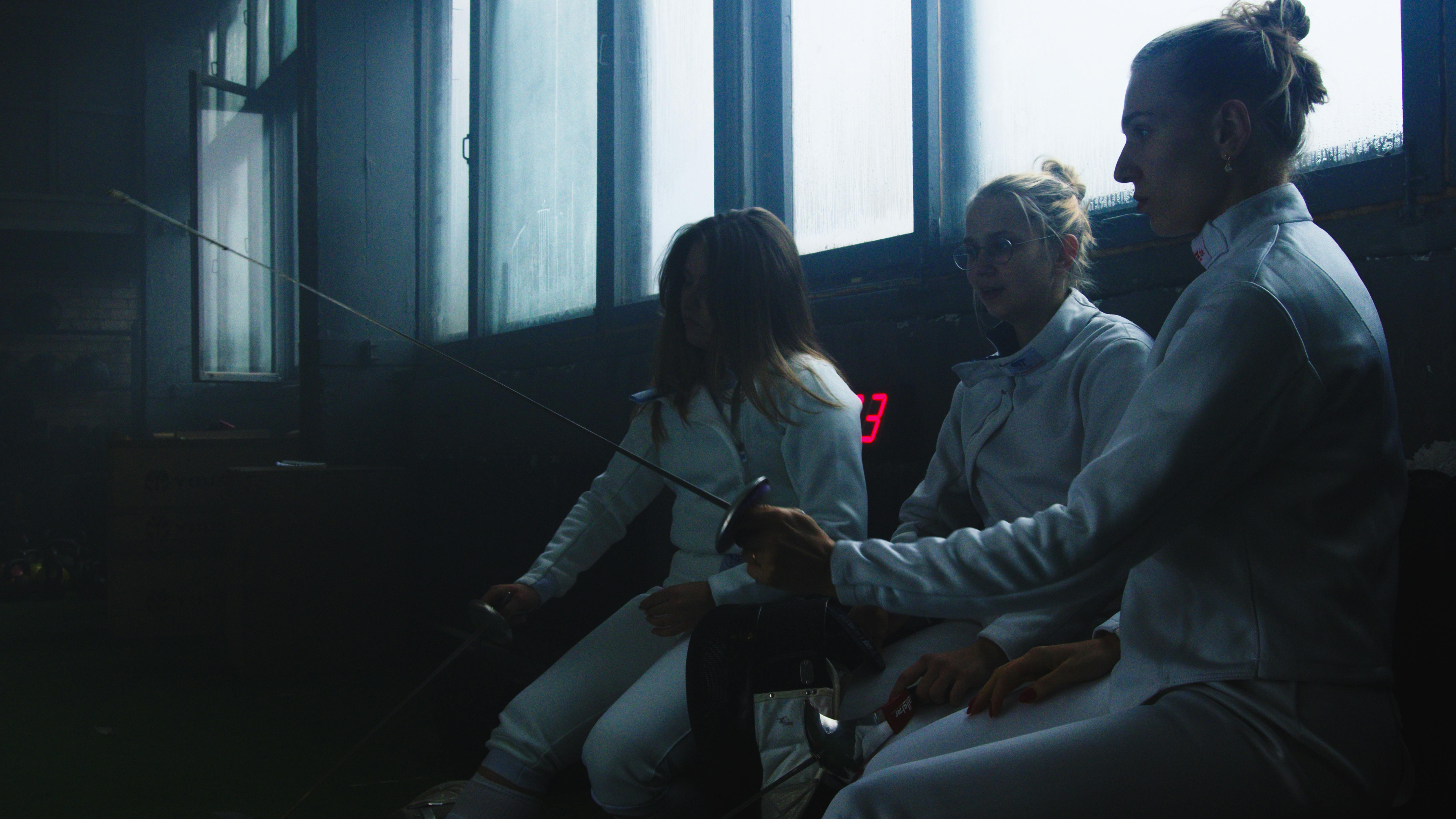
Apply Now


Understanding Puppy Biting: Why It Happens
Puppy biting is a common behavior that many new pet owners encounter. It's essential to recognize that puppies explore the world through their mouths, and biting is often a part of their playfulness and curiosity. Understanding why your puppy bites is crucial to developing effective strategies to address this behavior. During their early development, puppies tend to bite as a way to communicate with their littermates and learn bite inhibition. This phase, known as the teething period, can lead to chewing and biting on anything within their reach. Additionally, the excitement from play or frustration from not being able to interact as desired can trigger biting behavior. Recognizing these causes not only allows you to understand your puppy better but also provides you with the tools you need for correction. In this article, we will explore effective ways to stop puppy biting, including training tips, positive reinforcement, and techniques for redirecting their biting habits towards appropriate outlets.Common Reasons Why Puppies Bite
Puppies bite for a variety of reasons, and identifying these motivations is key to finding a solution. Here are some common triggers for biting behavior: 1. **Teething:** Just like human babies, puppies go through teething stages, causing discomfort that often leads them to bite or chew anything they can find. 2. **Overstimulation:** Puppies can become overly excited during play and resort to biting as a way to express that energy. 3. **Attention Seeking:** Biting can also be a way for puppies to gain attention from their owners. If they notice they can get a reaction by nipping, they'll likely do it more. Understanding these reasons is the first step in creating a healthier communication model with your puppy, ultimately helping to prevent unwanted biting behaviors.Identifying Unwanted Behavior in Puppies
Recognizing when biting becomes an issue is essential in puppy training. While some nipping is natural, there are signs to look for that indicate it's time for correction. For instance, if your puppy's biting is accompanied by growling or a stiff body posture, it may be exhibiting signs of aggression rather than playfulness. This is an important distinction that affects how you should respond. Timely identification and intervention can help steer them away from developing a biting habit. Further, understanding puppy body language, including tail position and facial expressions, helps in interpreting their behavior accurately. By consistently observing and adjusting your training techniques according to your puppy’s responses, you’ll be fostering a bond based on trust and respect.Effective Techniques to Stop Puppy Biting
Building on our understanding of puppy biting, let’s explore effective puppy training techniques that can help alleviate this behavior. Employing strategies such as redirecting biting behavior and reinforcing positive actions will contribute to your puppy’s overall development.Redirecting Puppy Biting with Suitable Toys
One of the most effective ways to stop puppy biting is through redirection. Instead of punishing your puppy for nipping, offer appropriate chew toys designed for puppies. Using toys to stop biting can divert their attention from your hands or furniture. **Choosing the Right Toys**: Select chew toys that are durable and safe. Interactive toys that challenge your puppy can keep them engaged and less likely to resort to biting. Look for options like rubber toys or chew bones. Regularly rotating the toys can also maintain your puppy’s interest. **Consistency is Key**: When your puppy bites, immediately redirect their focus to a chew toy and praise them when they engage with it. Positive reinforcement training solidifies good behavior, making it clear that chewing on appropriate items is acceptable.Introducing Training Commands for Puppies
Teaching your puppy effective commands can help them learn alternative ways of expressing themselves instead of biting. Basic commands like "no" or "leave it" are crucial. Use clear and consistent commands throughout your training sessions. To reinforce good behavior, always pair the command with positive reinforcement through treats or affection. This method not only helps in controlling puppy bites but also builds your puppy's obedience. Moreover, **timing in training** is crucial; respond immediately after a biting incident. This teaches your puppy to associate the command with their actions. Over time, this can lead to reduced biting in various situations.Puppy Socialization is Vital
Socializing your puppy is essential in curbing biting behavior, as it exposes them to various environments, people, and other dogs. The more they experience different scenarios, the clearer their understanding of social cues becomes. Enroll your puppy in puppy socialization classes where they can learn appropriate play behaviors. Engaging with other puppies can teach them about bite inhibition through natural play interactions. Watching others can guide them in adjusting their behavior. Furthermore, building confidence through socialization can reduce fear-based biting incidents.Positive Reinforcement Training Methods
With the foundation laid on identifying and redirecting biting behaviors, let’s delve deeper into positive reinforcement training methods. Effective puppy training hinges on rewarding good behaviors while fostering a loving and understanding environment.The Benefits of Positive Reinforcement in Puppy Training
Positive reinforcement reinforces desired behaviors by rewarding them. This method not only encourages whether your pup reacts positively but also enhances the bond between you and your puppy. When practicing commands during your training sessions, it's vital to immediately reward any compliance. This helps the puppy associate the command with a reward, leading to quicker learning outcomes. Additionally, this approach encourages your puppy to look forward to training sessions rather than perceiving them as chores. Maintaining patience in puppy training is crucial. Some puppies learn faster than others, and adjusting your training pace to suit their progress can yield better results.Implementing Puppy Training Sessions
Establishing consistent training routines is key to effective puppy training. Designate specific times each day for training sessions, which can be as short as 5 to 10 minutes. The goal is to keep the sessions enjoyable without overwhelming your puppy. Use a variety of commands and behavior exercises during these sessions to prevent boredom. Incorporating fun games can also help maintain their interest while providing the instruction they need. Take notice of your puppy's stress signals, and if it appears overwhelmed, pause your training session. Remember that short, positive interactions are more beneficial than long, tedious sessions—creating a loving environment is essential.Common Mistakes to Avoid When Training Your Puppy
Training your puppy to stop biting involves a learning curve, and there are common pitfalls that owners should be mindful of.Understanding Puppy Correction Techniques
It's crucial to correct biting behavior effectively without instilling fear or aggression in your puppy. Avoid harsh punishment as it can lead to anxiety and exacerbate unwanted behaviors. Instead, redirect your puppy's biting. If the biting persists, calmly say "no" and offer a safe training alternative. This gentle correction sends a clear message regarding unwanted behavior without compromising your puppy's emotional stability. Moreover, consistency in your correction techniques is vital. All family members should follow the same protocol to reinforce your training efforts uniformly.Recognizing Signs of Stress in Puppies
Understanding your puppy’s emotional needs is vital to training successfully. Signs like excessive panting, whining, or cowering may indicate stress levels. Ignoring these signs could result in negative associations with training, further complicating the biting issue. If your puppy exhibits signs of distress during training, consider modifying your approach or seeking veterinary advice for additional support. Adjusting your techniques to align with their emotional state can enhance their receptivity to training, leading to better outcomes.Professional Help: When to Seek Guidance
While many puppy owners can manage biting behaviors through dedicated training, sometimes professional intervention is necessary.Choosing a Dog Trainer
If you find that your puppy's biting behavior is persistent or escalating, enrolling in puppy training classes or seeking a dog trainer's assistance may be beneficial. An experienced trainer can provide tailored advice, addressing specific issues and developing a robust training plan. Look for trainers who emphasize positive reinforcement methods. These professionals can equip you with customized strategies to manage your puppy's behavior effectively.Engaging with Veterinary Advice for Puppies
During your puppy's growth, regular veterinary check-ups are essential for navigating behavioral issues. Your veterinarian can provide insights into the health aspects that may influence your puppy's biting behavior. If biting correlates with anxiety or stress-related issues, discussing these concerns with your vet might lead to effective solutions or recommendations for additional treatment options.Conclusion
Successfully managing puppy biting behavior involves a combination of understanding, patience, and consistent training. By identifying why puppies bite and employing effective positive reinforcement strategies, you can create a loving environment conducive to development. Redirecting puppy biting through toys, socialization, and consistent command training, along with recognizing and avoiding common pitfalls, lays a solid foundation for a well-behaved pet. Should challenges arise, don’t hesitate to seek help from a professional dog trainer or your veterinarian to reinforce your efforts. You will find the relationship between you and your puppy flourishing in no time, characterized by trust and understanding, making for a happier home.
